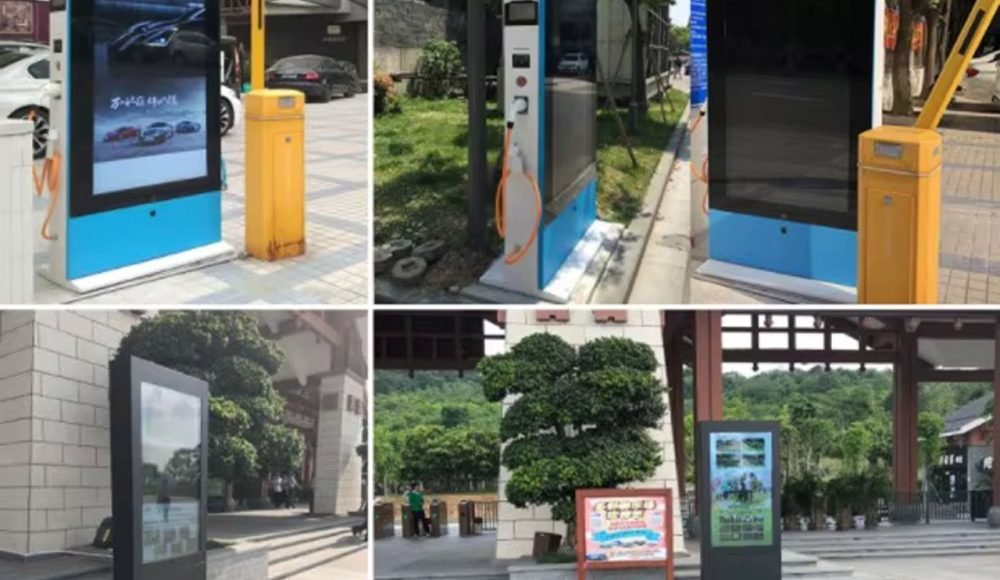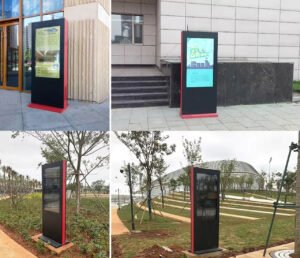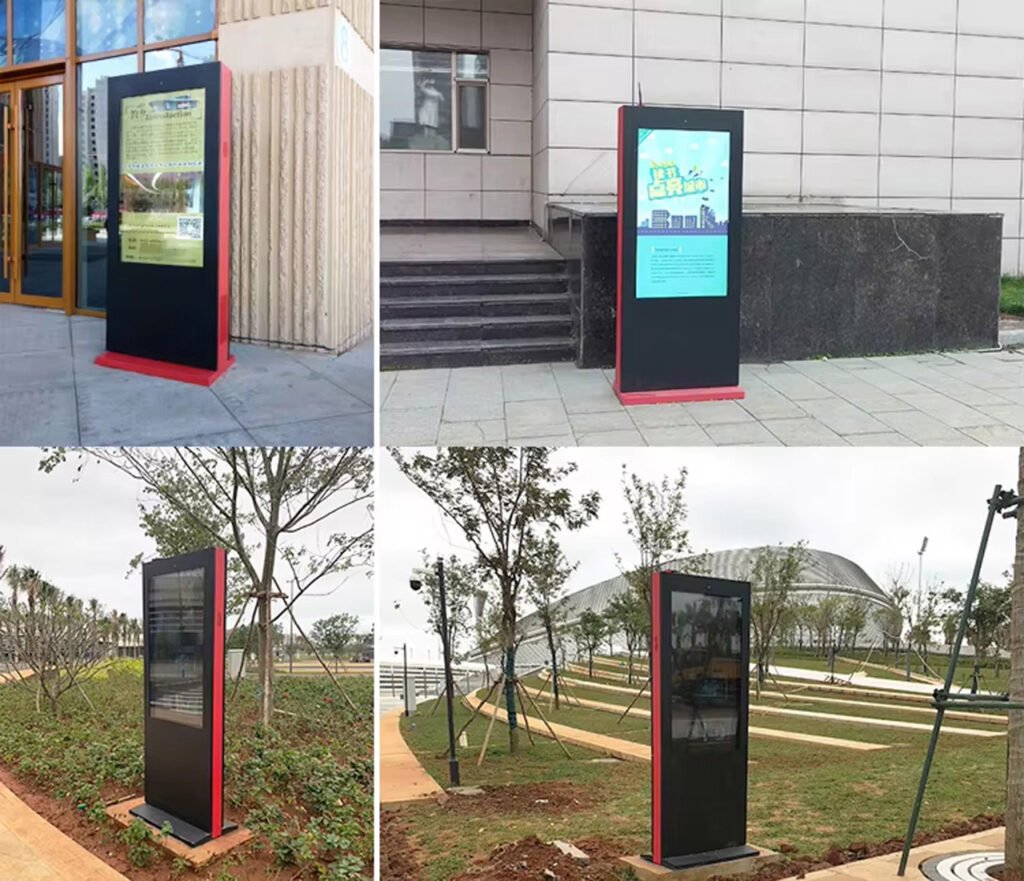Digital signage refers to digital displays used to present multimedia content such as images, videos, text, or live feeds in public or private spaces. These displays are often used for advertising, information sharing, wayfinding, or entertainment.
Key Features of Digital Signage:
-
Display Types: Includes LED screens, LCD monitors, projection systems, and interactive touchscreens.
-
Content Management: Content is managed remotely through digital signage software or a content management system (CMS).
-
Real-time Updates: Allows for instant content updates via the internet.
-
Scheduling: Content can be scheduled to display at specific times for targeted messaging.
-
Interactivity (optional): Some digital signage is touch-enabled or responds to sensors, QR codes, or mobile interaction.
Common Applications:
-
Retail: Promoting products and deals.
-
Transportation hubs: Flight or train schedules.
-
Corporate offices: Internal communication or visitor greetings.
-
Restaurants: Digital menu boards.
-
Education and healthcare: Campus announcements or patient information.
In summary, digital signage is a modern, flexible communication tool that replaces traditional static signs with dynamic, digital content.




